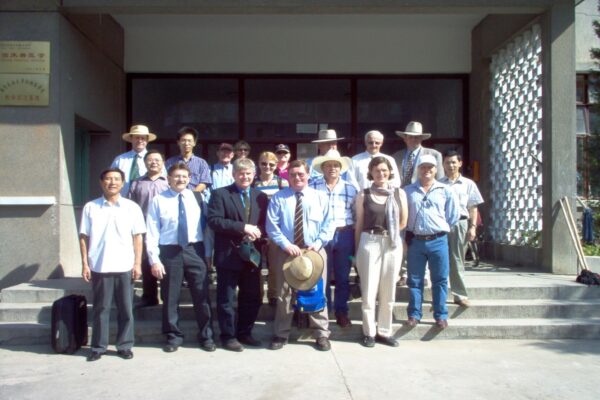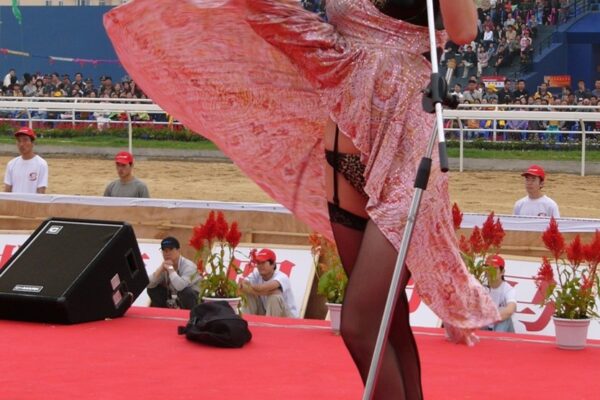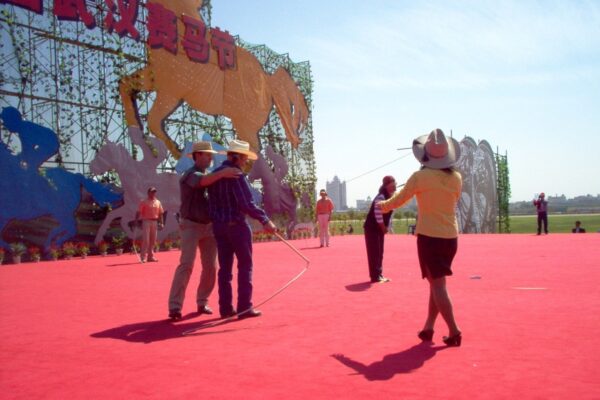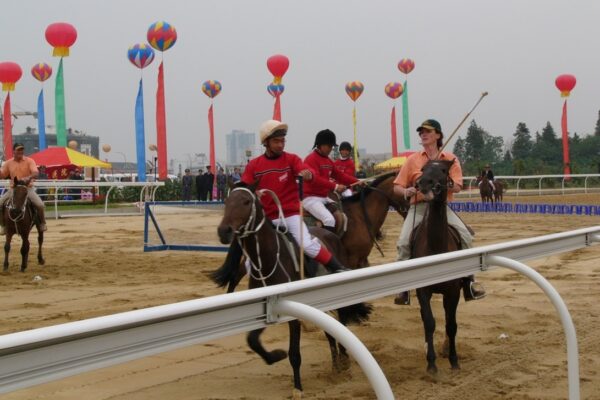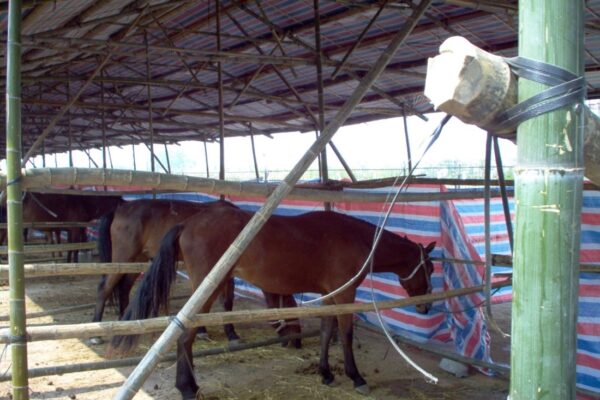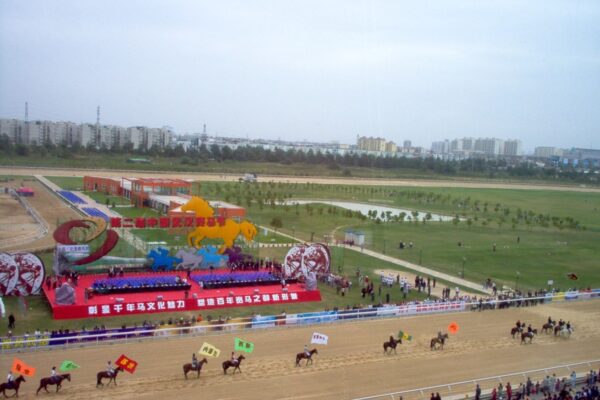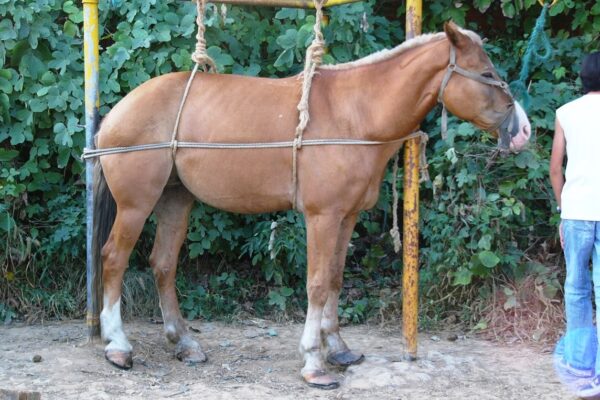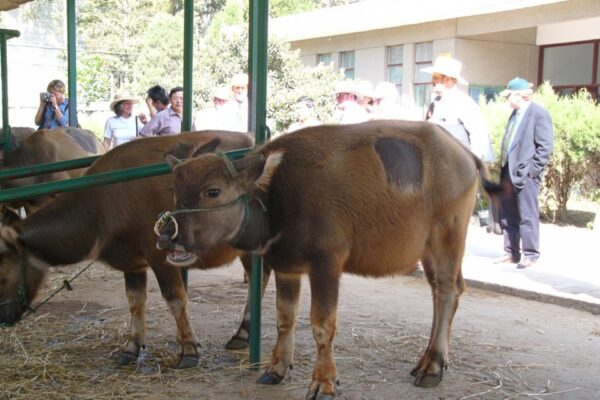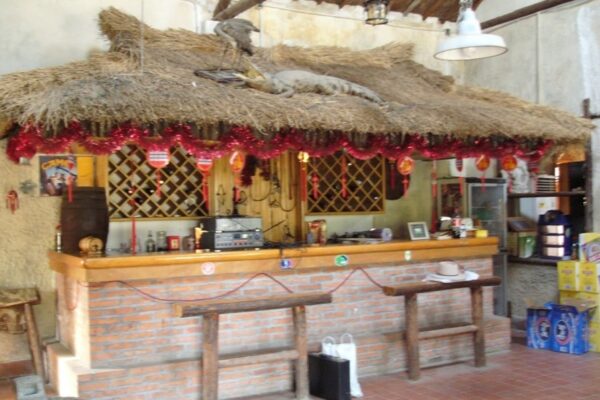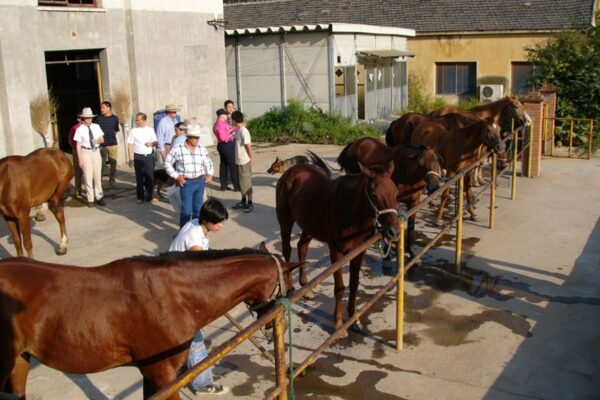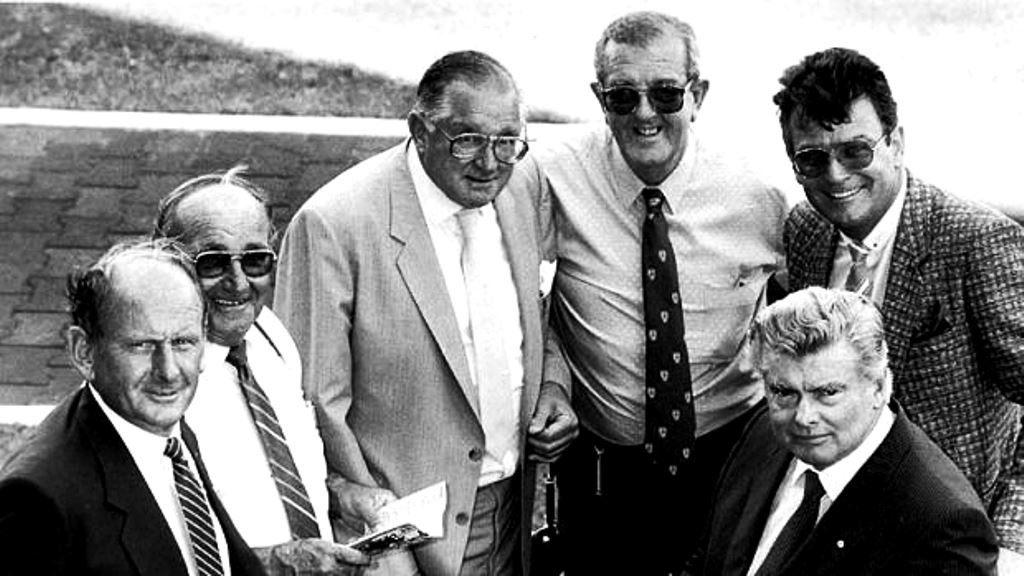Racing’s Literary Legends
I was going to name this ‘Litany of Literary Legends’. I liked the alliteration; but I’m not sure the protagonists would have agreed? I think it adds further cachet to my own tribute to Bert Lillye.
The featured image shows Bill Casey, Keith Robbins, Bert Lillye, Jack Ward and Max Presnell with Hall of Fame trainer Bart Cummings. Was this the apogee of racing journalism in Sydney? I could add John Holloway and Alan Speers. Photographer Ron Bickley was ever present. Les Carlyon in Melbourne would certainly have made the list.
When researching and writing about Bert Lillye earlier the thought crossed my mind we are losing the old school journalists who once proliferated; and even dominated? I knew many of them albeit some of them not so well. I regret their gradual demise. I dedicate this ‘blog’ to them in fond remembrance. They are not being replaced. As usual I’ve plundered, plagiarized and purloined to suit my purpose. Why reinvent ‘paper wheels’? It’s all been done before. My memoir tutor said: ‘Read a lot and write what you read’. I like that. I’ve discovered writing memoir is about three things: compilation, composition and collation. I cheat a little; and sometimes a lot. Block happens. I dutifully acknowledge all sources. It’s like quoting scientific literature; where perhaps I’m more adroit.
The following pen pictures are taken from the vignettes flowing form the pen of some of those cited.
Father of the press box wrote from the heart
December 30, 2012
http://www.smh.com.au/sport/horseracing/father-of-the-press-box-wrote-from-the-heart-20121229-2c0a9.html
Worldwide, racing writers, epitomised by Bert Lillye, are withering on the vine of the media’s changing face.
Even in the US most major publications had more than one scribe specialising in the horse sports but few are left.
In Australia, where the turf has been more of the national psyche than a sport, mammoth staffs were employed to keep punters informed.
Being a racing writer differs from being a journalist who can write racing. Most can and might even do it better than the “expert” who produces stories and comments, tips and other menial tasks.
“The Sydney Morning Herald staff of the 1950s and 1960s had many proficient writers with Lillye the star performer,” Neville Prendergast wrote in From Press Box and Stable.
“George Miller, Roy Abbott and Bill Whittaker, bloodstock expert Charles McQuillan, Sam Finlayson and Ray Kelly were also employed.
“Whittaker was one of the more astute judges and could interpret intelligently. The Sydney Morning Herald ran a lot of statistical stories [sweet words for compiling the official starting price] and relied heavily on accurate details men like Reg Eades, Ted Wells and Cec Poachey.”
With Craig Young taking redundancy this year, Fairfax Media in Sydney has one full-time racing writer, Chris Roots, and a geriatric contributor.
Before becoming a racehorse trainer Prendergast was a contender for one of the best racing writers. Who is on top of the list in my time?
Employing guide lines of being full-time and producing over a long period are major attributes. Of course, styles have changed with some great reporters and other fine writers. But Lillye gets my vote.
“As for wordsmiths the great Bert Lillye of the 50s and 60s would be just about cancelled out by Les Carlyon of the 90s,” Prendergast opined. “Perhaps Carlyon was a shade cleverer with phraseology but Lillye might just about had an edge in passion.”
Carlyon writes with excellence from subjects ranging from Bart Cummings to Gallipoli but Lillye for over a half century churned out hundreds of thousands of quality words on racing. Nobody wrote more because not only did he appear in The Sydney Morning Herald, The Sun-Herald and Daily Mirror in Sydney but also Turf Monthly before he died on February 18, 1996.
On his demise, Arnold Rodgers eulogised: ”I followed Bert’s advice and purchased the title Turf Monthly and restarted the magazine. From the day I took over 44 years ago Bert advised me. For many years he continued to put together each month’s edition of Turf Monthly.
“Being a perfectionist he would not cut corners. Everything had to be spot on. It was for Turf Monthly that he began writing Backstage Of Racing, a feature he carried on for Fairfax.”
Backstage Of Racing was also the title of a book of his columns published by John Fairfax Marketing. Lillye, too, was also the subject of a This Is Your Life on television which emphasised his passion for the punt and racing in general.
During World War II he went AWOL, travelling from Queensland to Sydney to see Modulation win the 1944 Epsom. Subsequent fines and confinement to barracks, he figured, were reasonable prices to pay to see a major race live. In pursuit of a good yarn Lillye was ever determined.
“How can I forget the disastrous floods of the 1960s that put most of the Richmond district under water?” he wrote in his final column.
“Dozens of valuable racehorses were lost. Boats were only available to civil rescue authorities. But Jim Walsh, publican and committeeman of the Hawkesbury Racing Club, came to the rescue. He rounded up a small boat for me and the photographer to search for horses.
We obtained scoop photographs when we found Martello Towers [an AJC Derby winner] covered in mud but alive …”
What Lillye didn’t disclose is that he approached the SMH sports editor, Doug Gardiner, to ask for an office car – because he didn’t drive – to pursue the story and was knocked back. Thus he called upon photographer Ron Bickley, who rode shotgun with him on most of his country ventures for Turf Monthly, and they came up with the goods.
“I genuinely believe Bernborough was the best racehorse I’ve seen,” Lillye maintained. “What he did under enormous weights as a six-year-old stallion made him a freak …
”Bill Cook was my favourite jockey but Ron Quinton would be a champion in any era. As for trainers, how can anyone go past Thomas John Smith, MBE, who set a record that will never be equalled and one of greatest success stories of our time and that’s not restricted to racing.”
After leaving Fairfax, Lillye contributed even more to racing as a member of the Kembla Grange committee. “My greatest disappointment is that the wonderful characters are fast disappearing from the racecourse, the victims of progress,” he said.
The characters have gone even faster than the racing writers.
No doubt latter generations are as good, and probably more versatile as those who look down from the walls of the old Randwick press box, which is going, too.
Young now drives a bus for school children on the central coast with aplomb and patience which none of us, Lillye in particular, could have done.
Legendary turf journalist Bert Lillye joins greats in racing’s Hall of Fame
John Holloway May 21, 2015
Former Sydney Morning Herald turf editor Bert Lillye was inducted into the Australian Racing Hall of Fame in Brisbane on Thursday night. It is fitting Lillye be included among Australia’s racing luminaries, which is the industry’s leading accolade. It was the 15th occasion the Racing Hall of Fame honoured the heroes of the turf, equine and human.
Lillye was joined as an associate inductee by Eduardo Cojuangco, while jockeys Glen Boss and Robert Thompson also entered the Hall of Fame, while George Moore was lifted to legend status.
Danehill, Choisir, Dalray and Briseis were the horses added to the Hall of Fame, while Phar Lap’s trainer Harry Telford was joined by Brian Mayfield-Smith and Jim Moloney in the trainers’ category.
Chairman of the Hall of Fame selection panel Bob Charley said the event was an opportunity to recognise the people and the horses that make racing the “unique sport it is”. Lillye joins previously elected journalists A.B. “Banjo” Paterson, Bert Wolfe and another former Herald racing editor, Bill Whittaker, and his presence there is richly deserved.
I met Lillye while a copy boy at Fairfax’s Ultimo offices, which printed the Sydney Morning Herald, The Sun and The Sun-Herald.
Being a “mad” racing follower, I was fortunate enough to have been befriended by Lillye, along with all the other famous racing writers employed by the Fairfax group.
AdvertisementLillye, however, was the man who made me want to succeed in the profession and he took me under his wing in more ways than one. Yes, to be a successful racing writer, you had to be a good drinker and that was one thing he succeeded in teaching me.
He was the most prolific wordsmith I ever encountered and was very much a gambler at heart, from the war years when Bernborough was the best horse he had seen. Bert also rated Rising Fast, Dalray, Peter Pan and Tulloch each deserving their own pedestals.
Bert’s love of horses saw him heavily involved in the catastrophic floods in the Windsor district, a renowned spelling district for racehorses, in the 1960s.
He approached the then SMH sports editor to supply him with a car and photographer to go to Windsor and get pictures and information for the paper but his request was denied. Lillye never had a driver’s license and got in touch with his great friend and racing photographer Ron Bickley and they made their way to Windsor with local publican Jim Walsh arranging for a boat and a skipper to search the area.
What they achieved was somewhat remarkable with one of Australia’s favourite racehorses Martello Towers, the winner of the 1959 three-year-old triple crown, up to his shins in water covered in mud.
The grey galloper was washed five miles downriver from where he had been spelling but thanks to the efforts of his photographer, Lillye was able to save Martello Towers and the photo’s where spread all over the front page.
Bert was instrumental for my close involvement in breeding and was responsible for my first trip to Scone, which he painted to me over many a cold ale as one of the great parts of the thoroughbred industry.
Lillye also had a great fondness for Phar Lap and was intrigued how a wreath would appear at Randwick racetrack for two decades by an anonymous person who he later tracked down as Noel Hickey. The headstone from Phar Lap’s grave in America was presented to the Australian Jockey Club and placed inside the track where it remains today and Hickey continued to place the wreath each year commemorating his passing in April 1932. Again it was another front page story for the doyen of racing journalists.
He also appeared on a This Is Your Life TV episode with Roger Climpson and spent many years on the administration side of the Kembla Grange Club with Keith Nolan and their efforts saved the club from extinction.
Lillye had several columns in the Herald – the Backstage of Racing with a book being released in 1985 after his retirement – along with Bloodlines, which is the name of this column I inherited 15 years ago.
Lillye passed away on February 18, 1996 and had a career in racing journalism that had spanned 50years. There will never be another Bert Lillye.
RACING VICTORIA ASSOCIATES
Bert Lillye (1919 – 1996)
“He lived life to the full, and through his pen was able to give countless other people a lot of happiness”. (Keith Robbins)
One of Australia’s foremost racing journalists, Bert Lillye was involved with the industry for almost 50 years.
Lillye began work at 15 as a copy boy at Smith’s Weekly in 1934. From there he progressed to the Sydney Morning Herald, moved to the Daily Mirror for five years, and then returned to the Herald where he remained until his retirement in 1984. He also contributed extensively to Turf Monthly, where he commenced writing his column Backstage of Racing a feature he later continued in the Sydney Morning Herald.
Lillye was an expert researcher, ever careful to verify his findings before committing them to print. Wherever possible he would look at the human angle, and show sympathy for the ‘battlers’ of racing.
He was known as a great raconteur, and many of his stories he brought together in his collection of anecdotes Backstage of Racing.
